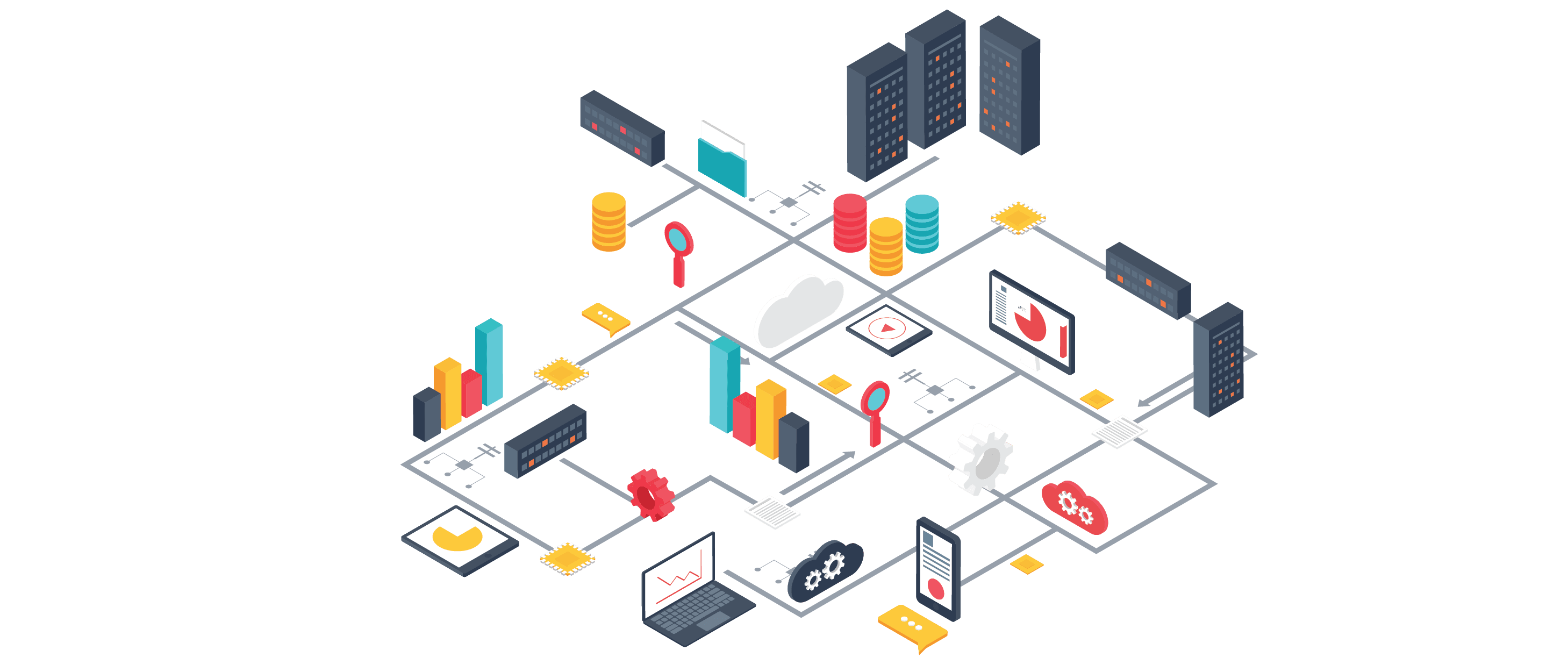WHAT IS SECURITY AND NEWORKING INFRASTARCTURE SOLUTIONS?
Security Infrastructure is an extensive term used for the methods to secure and protect the critical infrastructure of an enterprise. Infrastructure security helps protect enterprise IT infrastructure, servers and platforms, data, network and perimeter, and cloud infrastructure against internal and external threats.
Critical infrastructure security uses information technology for functioning. The aim is to prevent vulnerabilities in the events of intrusion, sabotage, and disruptions. Atav Solution is one of the best Infrastructure services and solution providers in India. Our company considers a variety of approaches and maintains vigilance over possible errors and sources of attack. We stay up to date with new online threats and other vulnerabilities of an IT infrastructure and protect your data centers with high security.


What is the Security Infrastructure ?
Security Infrastucture refers to the integrated set of systems, tools, and frameworks designed to protect an organization’s assets, data, and operations from security threats. This infrastructure encompasses both physical and digital security measures and ensures that the organization can prevent, detect, respond to, and recover from potential security incidents.
- Physical Securit Access control systems: Locks, biometric systems, ID badges, and surveillance cameras to control who can enter physical premises.
- Identity and Access Management (IAM):
- Authentication mechanisms: Systems like Multi-factor Authentication (MFA) to verify users.Authorization: Defines what authenticated users are allowed to do.
- Compliance and Governance:
- Network Infrastructure:
- Routers: Devices that route traffic between different networks, ensuring data reaches the correct destination.
- Switches: Connect devices within a network, allowing them to communicate.
- Local Area Networks (LANs): Internal networks that connect devices within a specific location (like an office building).
- Wide Area Networks (WANs): Connects LANs over larger distances, enabling broader communication (such as between different branch offices).
- Wireless Networks (Wi-Fi): Provides wireless access to the network for devices like laptops, mobile phones, and IoT devices.
- Network Topology: The physical and logical arrangement of the network components.
- Network Security:
- Firewalls: Hardware or software systems that monitor and filter incoming and outgoing network traffic based on security rules.
- Intrusion Detection and Prevention Systems (IDS/IPS): Monitors network traffic for suspicious activities and takes action to block or mitigate those threats.
- Virtual Private Networks (VPNs): Encrypts internet traffic, allowing secure remote access to the internal network.
- Network Access Control (NAC): Ensures that only authorized devices and users can access the network.
- Network Segmentation: Divides a network into smaller subnetworks to limit access to critical systems and prevent the spread of breaches.
- Identity and Access Management (IAM):
- Ensures that only authorized users can access network resources and data.
- Authentication: Verifies user identity through mechanisms like passwords, biometrics, or Multi-factor Authentication (MFA).
- Authorization: Determines what actions authenticated users are permitted to perform within the network.
- Single Sign-On (SSO): Allows users to access multiple applications or systems with a single set of login credentials
- Data Security: Focuses on protecting the data as it travels through the network and is stored within systems.
- Encryption: Ensures that data transmitted over the network or stored in systems is protected from unauthorized access by encoding it.
- Data Loss Prevention (DLP): Prevents sensitive information from leaving the network or being misused.
- Monitoring and Incident Response: Continuous monitoring of network activities and effective response to potential security incidents.
- Security Information and Event Management (SIEM): Collects, analyzes, and correlates security data from across the network to detect and respond to security events.
- Network Monitoring Tools: Continuously monitors network performance and availability to identify and address issues before they impact users.
- Incident Response Plan: Defines the procedures for responding to security incidents, including detection, containment, and recovery
- . Cloud and Hybrid Security: As organizations increasingly adopt cloud services, security measures extend to protect cloud environments and hybrid networks.
- Cloud Security Tools: Solutions like Cloud Access Security Brokers (CASBs) and encryption for cloud environments.
- Secure Cloud Networking: Extending security practices to cloud-based networking services, such as VPNs and firewalls.









